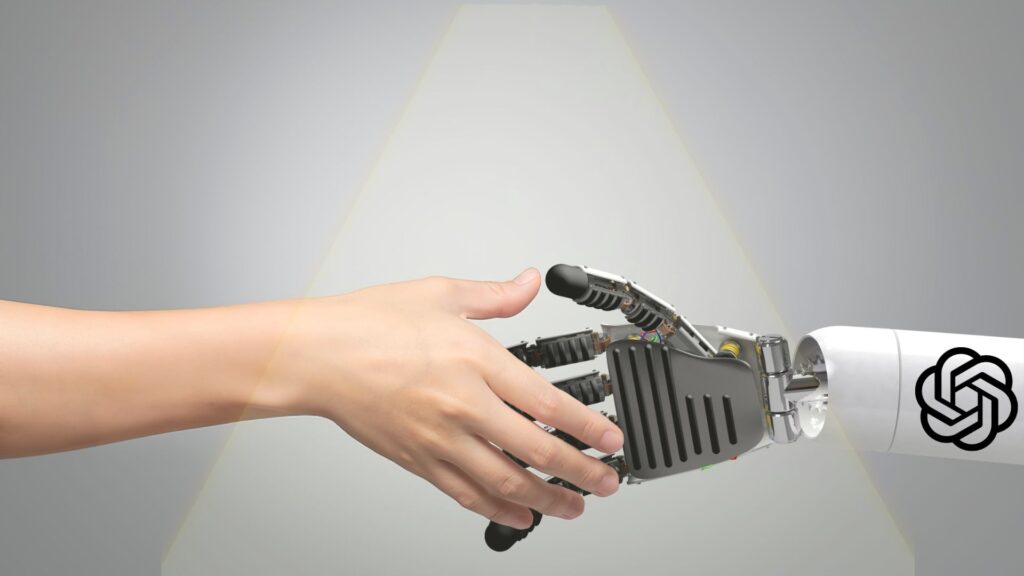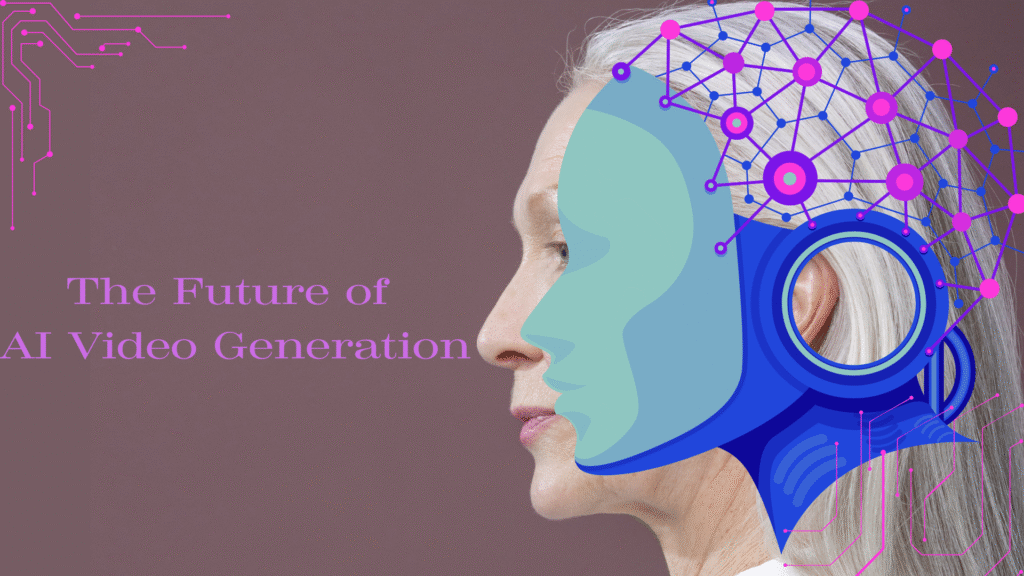Introduction: Embracing the AI Revolution in Video Creation
The world of digital content is experiencing a revolution powered by artificial intelligence. As our demand for faster, more engaging, and visually rich content grows, a new generation of tools has emerged to meet this need: AI video generators. Among the most advanced of these tools is Sora by OpenAI, a text-to-video model that enables users to create lifelike videos from simple written prompts.
This groundbreaking shift is not just a technological milestone—it’s a creative one. By allowing anyone to turn imagination into visual stories without expensive gear, actors, or production teams, AI video generators are redefining who can be a content creator and how content is made. Whether you’re a solo YouTuber, a social media influencer, a business marketer, or a teacher, AI video tools are making high-quality video creation more accessible than ever before.
What Are AI Video Generators?
AI video generators are platforms or software applications that use artificial intelligence to automatically produce videos based on textual descriptions, scripts, or prompts. These tools typically integrate machine learning, natural language processing (NLP), and generative AI models to convert written input into dynamic visual content. In simple terms, you describe what you want to see—and the AI creates it.
Unlike traditional video creation, which requires filming, editing, and sometimes even special effects, AI video generators can simulate the entire process virtually. They are capable of animating characters, generating scenes, simulating movement, lip-syncing dialogue, and applying effects—all within a few clicks. The result is a massive reduction in both production time and cost.
Spotlight on Sora by OpenAI

Among the most innovative AI video tools on the market is Sora, developed by OpenAI. Sora is a text-to-video model that translates natural language descriptions into realistic, coherent videos. What sets it apart is the sophistication of its visual storytelling capabilities, the depth of its generated scenes, and the emotional resonance it can convey—all powered by AI.
Sora supports a variety of functions, including:
Text-to-Video Rendering: Enter a detailed prompt such as “A futuristic city at sunset with flying cars zooming past glass skyscrapers,” and Sora can generate a high-quality video that visually represents your description.
Scene Transitions and Continuity: It intelligently understands narrative flow, making transitions between scenes seamless and coherent.
Fine-Tuning and Editing Tools: Creators can adjust pacing, colors, visual styles, and even specific camera angles, giving them full creative control.
Voiceover and Audio Matching: Sora can sync AI-generated voiceovers with character animations, ensuring natural lip movement and emotional delivery.
This makes Sora not just a production tool but a creative collaborator, allowing users to build narratives, pitch ideas, or generate entire films—all through text.
Key Benefits for Content Creators
1. Faster Production Cycles
One of the most revolutionary aspects of AI video tools like Sora is their ability to cut down video production time from weeks to minutes. In traditional filmmaking or digital video creation, you need time for scripting, storyboarding, filming, editing, and rendering. With Sora, the heavy lifting is handled by AI, allowing creators to iterate quickly and keep up with real-time content demands. This is especially useful for social media content creators who must respond rapidly to trends.
2. Significant Cost Savings
Hiring a team of videographers, editors, animators, and voice actors can be prohibitively expensive. AI video generators eliminate many of those costs by automating tasks that would otherwise require human specialists. Solo entrepreneurs, startups, and educators now have access to professional-grade video production without the need for a studio or equipment.
3. Enhanced Creative Possibilities
Because AI tools remove many of the technical barriers to content creation, they expand what’s possible creatively. Want to set your story on Mars, in a 17th-century palace, or under the ocean? No problem. Sora can create these settings from text descriptions. This level of creative freedom is especially beneficial for storytellers, educators, and marketers seeking to make their content stand out in a crowded market.
4. Global and Inclusive Content Creation
With support for multiple languages, voice styles, and character diversity, AI video generators allow creators to tailor their videos for global audiences. Content can be produced in English, Spanish, French, Mandarin, and beyond—instantly increasing reach and engagement.
5. Massive Scalability
AI-generated content can be created in bulk, making it ideal for organizations managing multiple campaigns, channels, or platforms. You can generate dozens or even hundreds of videos around similar themes, each with its own visual identity and message.
Industry Use Cases: Where AI Video Generators Are Making an Impact
Marketing and Advertising
Marketers are using AI video tools to create product demos, explainer videos, brand storytelling campaigns, and even hyper-personalized video ads at scale. Imagine being able to generate a unique video message for each customer segment based on their preferences—that’s now possible.
Education and eLearning
Teachers and educational platforms are leveraging AI to produce engaging video lessons on any topic—from algebra and history to coding and art. Instead of static slides or text-heavy lessons, educators can use animated visuals and voiceovers to simplify complex subjects.
Film and Entertainment
Filmmakers are using AI to visualize scripts, storyboard scenes, and even produce entire short films. While AI may not yet replace traditional cinema, it’s becoming a powerful tool for pre-visualization, concept development, and low-budget storytelling.
Business and Internal Communication
Companies are creating internal training videos, HR explainers, onboarding guides, and company updates using AI video generators. This reduces the need for live filming and helps maintain consistent branding across all departments.
Journalism and News Media
News outlets are exploring AI tools to quickly generate visual summaries of stories, social media news bites, and interactive visual explainers for mobile platforms. This helps maintain audience engagement in the age of short attention spans.
Ethical Concerns and Challenges
The Rise of Deepfakes
One of the most talked-about concerns is the misuse of AI video tools to create deepfakes—videos that convincingly show people doing or saying things they never did. This presents risks in politics, social discourse, and personal privacy. Tools like Sora must incorporate safety mechanisms to detect, label, or prevent the creation of deceptive content.
Intellectual Property Rights
If AI is trained on millions of existing videos and media, where does original authorship lie? Creators, artists, and legal experts are calling for clearer frameworks to determine how AI-generated content is owned, attributed, and monetized.
Job Displacement in Creative Fields
As AI automates traditionally human tasks—scriptwriting, editing, animation—concerns about job displacement in media, marketing, and filmmaking continue to grow. The challenge will be to find ways to integrate AI without devaluing human creativity and labor.
Data Privacy and Consent
If AI tools replicate real voices or faces without consent, this raises serious ethical and legal issues. Developers must ensure that these tools are used responsibly, with proper consent and data protection mechanisms in place.
The Future of AI Video Generation

Ongoing Innovations
As AI continues to evolve, future versions of tools like Sora will likely feature:
Real-Time Video Editing: Instant updates and previews as you modify prompts.
Higher Resolution Output: 4K and 8K video support for professional production.
Interactive Videos: Branching narratives, clickable scenes, and immersive experiences.
Deeper Personalization: Videos generated based on user behavior, interests, and viewing history.
Integration with Other Tools
AI video tools will increasingly integrate with platforms like Canva, Adobe Premiere, YouTube Studio, and TikTok to provide seamless publishing and collaboration features. This will allow creators to work across platforms with minimal friction.
Human-AI Collaboration
Rather than replacing human creativity, AI will augment it. Writers, artists, directors, and producers will use these tools to enhance their output, experiment faster, and bring more ambitious ideas to life with fewer barriers.
Final Thoughts: A Paradigm Shift in Content Creation
AI video generators are not just a passing trend—they are a fundamental shift in how we approach visual storytelling. Tools like Sora by OpenAI are democratizing video production, making it possible for anyone to share stories, explain ideas, market products, and inspire audiences with powerful visuals.
While challenges remain—especially around ethics and authenticity—the opportunities for innovation, efficiency, and creativity are immense. As these technologies mature, they will become indispensable tools in every content creator’s toolkit.
Whether you’re a beginner experimenting with your first video or a professional looking to streamline your workflow, now is the perfect time to explore what AI video tools can offer.
If AI is trained on millions of existing videos and media, where does original authorship lie? Creators, artists, and legal experts are calling for clearer frameworks to determine how AI-generated content is owned, attributed, and monetized.


